SaaS is a software distribution model where applications are hosted by a third-party provider and made available to customers over the internet. While SaaS offers many benefits such as cost-effectiveness, flexibility, and scalability, it also poses a security risk to client data. In this blog, we will discuss SaaS security and best practices to protect your client data.
Understanding SaaS Security
What is SaaS security? SaaS security refers to the measures taken to protect the client’s data and applications hosted on the SaaS provider’s infrastructure. SaaS security involves a range of technologies, policies, and procedures designed to prevent unauthorized access, protect data from loss or corruption, and ensure compliance with applicable laws and regulations.
Types of security threats in SaaS applications There are several types of security threats that can compromise the security of a SaaS application. These include:
- Malware and viruses – Malware and viruses are a common threat to SaaS applications. They can infect the SaaS provider’s infrastructure, resulting in data loss or theft.
- Phishing attacks – Phishing attacks are a type of social engineering attack where cybercriminals trick users into divulging sensitive information such as login credentials.
- DDoS attacks – Distributed Denial of Service (DDoS) attacks involve overwhelming a website or application with traffic to make it unavailable to users.
The consequences of a security breach A security breach in a SaaS application can have severe consequences for both the client and the SaaS provider. Some of the consequences include:
- Data loss – A security breach can result in the loss of critical data, which can have a significant impact on business operations.
- Financial loss – A security breach can result in financial loss due to the cost of recovery, legal fees, and reputational damage.
- Legal consequences – A security breach can result in legal consequences such as fines, legal fees, and lawsuits.
Common SaaS security features SaaS providers implement several security features to protect the client’s data. These include:
- Encryption – Encryption is the process of converting data into an unreadable format to prevent unauthorized access.
- Two-factor authentication – Two-factor authentication is a security feature that requires users to provide two forms of identification to access an application.
- Data backup and recovery – Data backup and recovery involve creating a backup of critical data and implementing a plan to recover the data in the event of data loss or corruption.
Best Practices for SaaS Security
Develop a security plan A security plan is a document that outlines the security policies, procedures, and technologies implemented to protect the client’s data. A security plan should include:
1. A risk assessment
A risk assessment is an evaluation of the potential threats to the client’s data and the likelihood of those threats occurring.
2. Security policies
Security policies are guidelines that define how the client’s data is protected and how users should access and use the application.
3. Secure your infrastructure
Securing your infrastructure involves implementing the necessary security technologies to protect your application and data. This includes:
1. Regularly updating software
Regularly updating your software ensures that you have the latest security patches and updates to protect against known vulnerabilities.
2. Implementing firewalls
Firewalls provide a layer of protection by monitoring and controlling incoming and outgoing network traffic.
3. Implement strong authentication
Implementing strong authentication is crucial in preventing unauthorized access to your application. Strong authentication includes:
1. Two-factor authentication
2. Regularly update software
Regularly updating your software is crucial in keeping your application secure. Software updates typically include security patches and fixes for known vulnerabilities.
3. Educate your employees
Educating your employees on SaaS security is essential in preventing security breaches. Employees should be trained on how to recognize and avoid phishing scams, how to create strong passwords, and how to use two-factor authentication.
How to Protect Your Client Data
1. Understand data privacy regulations
Data privacy regulations, such as the General Data Protection Regulation (GDPR) and the California Consumer Privacy Act (CCPA), require businesses to implement specific measures to protect the client’s data. Businesses should understand the applicable regulations and implement the necessary measures to comply with the regulations.
2. Encrypt your client data
Encrypting your client data ensures that the data is protected even if it falls into the wrong hands. Encryption involves converting the data into an unreadable format that can only be deciphered with a decryption key.
3. Monitor data access and usage
Monitoring data access and usage helps to identify any suspicious activity that could indicate a security breach. Data access and usage should be monitored for unusual activity, such as multiple failed login attempts or unauthorized access attempts.
4. Implement a data backup and recovery plan
Implementing a data backup and recovery plan ensures that critical data can be restored in the event of data loss or corruption. The plan should include regular backups and a procedure for restoring the data in the event of a data loss or corruption.
5. Regularly test your security measures
Regularly testing your security measures helps to identify vulnerabilities and potential security breaches. Security testing should be conducted regularly, and the results should be used to improve the security measures in place.
Conclusion
SaaS security is essential in protecting the client’s data and ensuring the business’s continuity. Implementing best practices such as developing a security plan, securing your infrastructure, implementing strong authentication, regularly updating your software, educating your employees, understanding data privacy regulations, encrypting your client data, monitoring data access and usage, implementing a data backup and recovery plan, and regularly testing your security measures can help to protect your client’s data. SaaS Marketing Agency and B2B marketing Agency can promote SaaS security by raising awareness of the risks and the importance of implementing best practices.
FAQs:
- What are some common SaaS security features?
Common SaaS security features include encryption, firewalls, two-factor authentication, data backup and recovery, and security testing.
- What are some examples of data privacy regulations?
Examples of data privacy regulations include the General Data Protection Regulation (GDPR), the California Consumer Privacy Act (CCPA), and the Health Insurance Portability and Accountability Act (HIPAA).
- How often should I update my software?
Software should be updated regularly, typically whenever new updates or patches are available.
- How can I educate my employees on SaaS security?
Employees can be educated on SaaS security through training sessions, workshops, and educational materials such as brochures and videos.
- What should I do if I experience a security breach in my SaaS application?
If you experience a security breach in your SaaS application, you should immediately take steps to mitigate the damage, such as identifying and containing the breach, informing affected parties, and implementing measures to prevent future breaches.
- How do I choose a secure SaaS provider?
Choosing a secure SaaS provider involves considering several factors, such as the provider’s security measures, certifications, and compliance with data privacy regulations. Before selecting a provider, it’s important to research their security measures and ensure that they comply with applicable regulations.


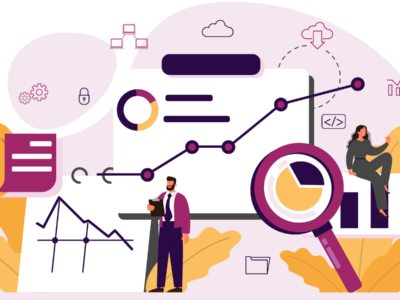

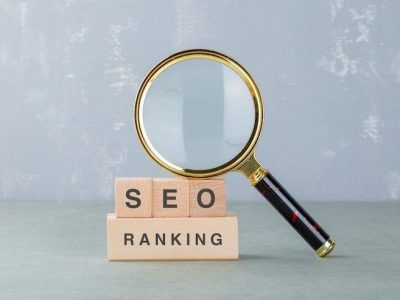
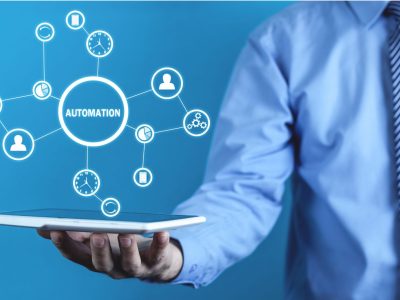


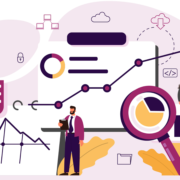
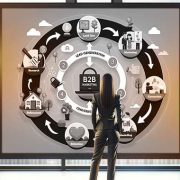



Comments